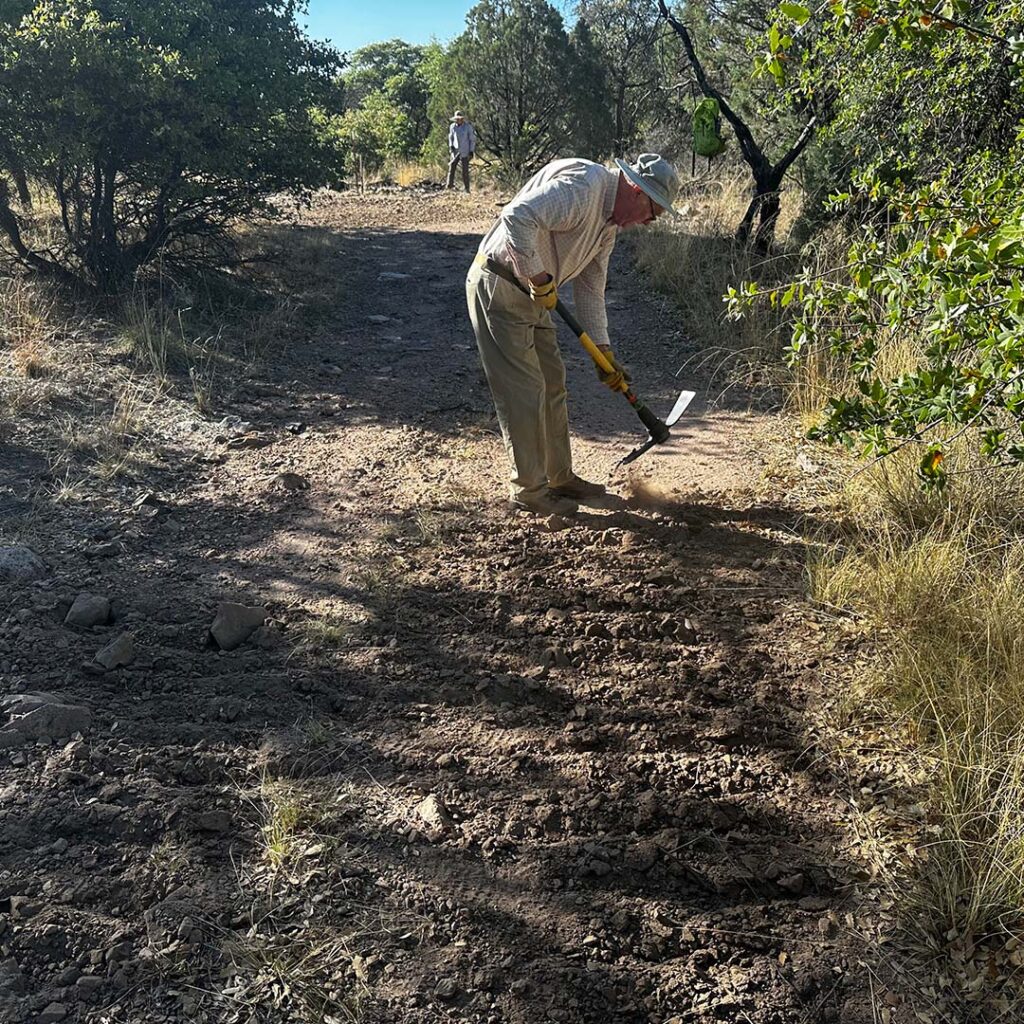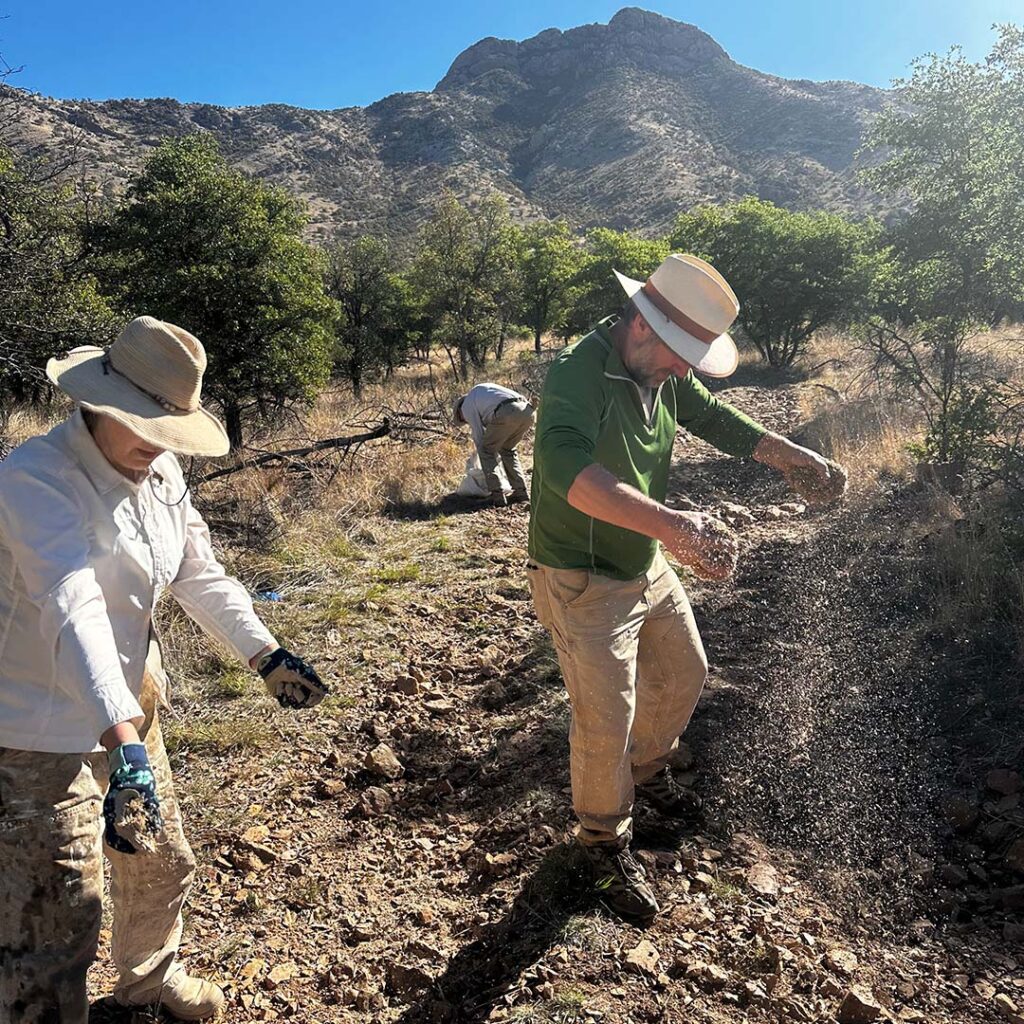Several years ago, the Coronado National Forest made the decision to close about 160 miles of old roads within southern Arizona’s Sierra Vista District that no longer served the needs of the forest or visitors. This decision followed many years of public involvement and led to the administrative decommissioning of these 160 miles of roads. Although that decision means that motorized vehicles are no longer allowed on these roads, very little has been done since then to physically block and renaturalize them.
To address this issue, Sky Island Alliance launched our project to rewild roads in the Sierra Vista District in September 2023. We partnered with the Forest Service and Borderlands Restoration Network to develop a survey protocol and mapping tool for community scientists to collect data on current conditions for road segments on the closure list. Our goal was to survey as many of the segments as possible to see what issues exist, decide which roads to prioritize for restoration, and then get to work closing and rewilding roads.
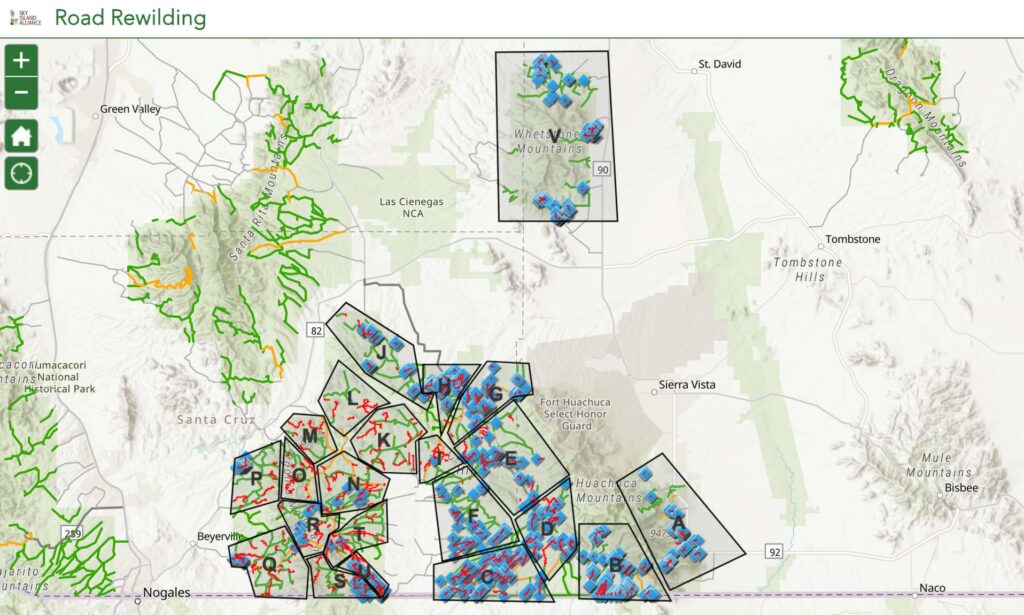
[Join Us: On Aug. 23-25, SIA will host a volunteer weekend for road rewilding.]
That’s when amazing volunteers like you stepped up to the plate! So far, 40+ SIA volunteers have surveyed more than 200 roads over the past year: about 40% of all district roads listed for closure and significantly more than we thought could be done in such a short time. Volunteers collected data and photos to document information such as the width and condition of road entrances, the degree of soil compaction and erosion along the roads, the type of vegetation (such as oak woodland or grassland), the presence of points of interest (e.g. informal campsites or ranching materials), and more.
When we started to analyze the surveyed roads, we found that about 15% of them looked closed already and were passively recovering from past vehicle use, which is great news. That said, we also found that most roads still need on-the-ground work to block vehicles and aid habitat recovery. Out of the 200 roads surveyed, we found that 99 segments (totaling 54.3 miles) require only blockage of the road entrance and habitat restoration within the first 50 yards or so, while another 69 segments (totaling 29.8 miles) need erosion control along the roadbed in addition to closure at the entrance.
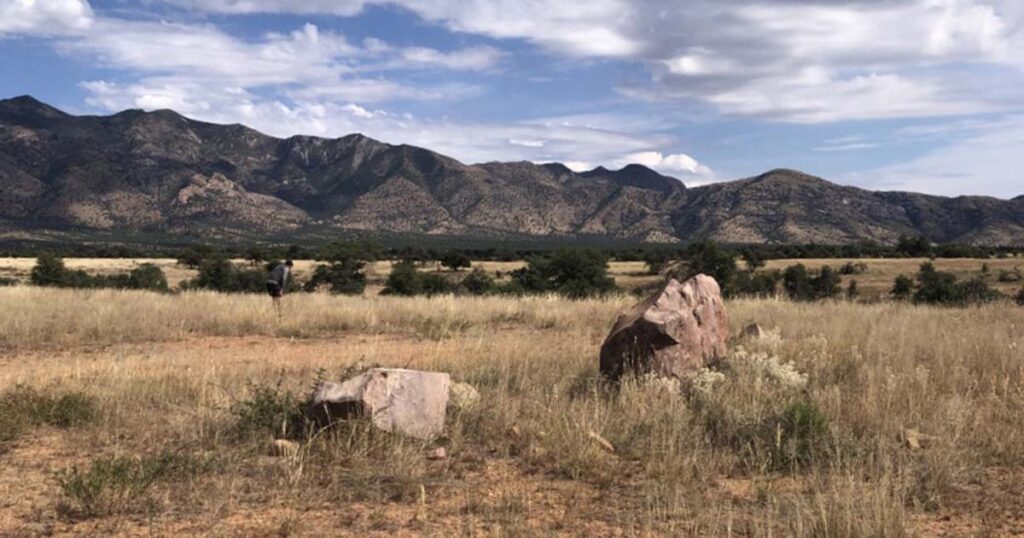
This past spring, SIA and the Forest Service were able to come up with a shortlist of roads ready for physical closure, and work began. In May, Sky Island Alliance volunteers and a contractor helped close the first three segments for this project.
The first order of business was to kickstart the revegetation process. Plants growing in the roadbed help to hide the fact that there was once a road, so it isn’t as attractive to passing motorists. They also make sure that any water flowing along the road is slowed down so it can’t create erosion problems. To help plants grow, we first roughened the road surface with hand tools like pickaxes as far as could be seen from the road entrance. While doing this we made sure to work around established plants that were already making a home in the old roadway. We then spread a seed mix of native grasses, forbs, and succulents in the loosened soil and raked the seed in by hand.
In some cases, erosion had already begun along the road. So to counteract this, we installed simple rock structures in strategic spots to slow the flow of water, armor the soil, trap extra seed, and collect soil and moisture. These structures, such as one-rock dams, are great at slowing down erosion and helping vegetation get established.
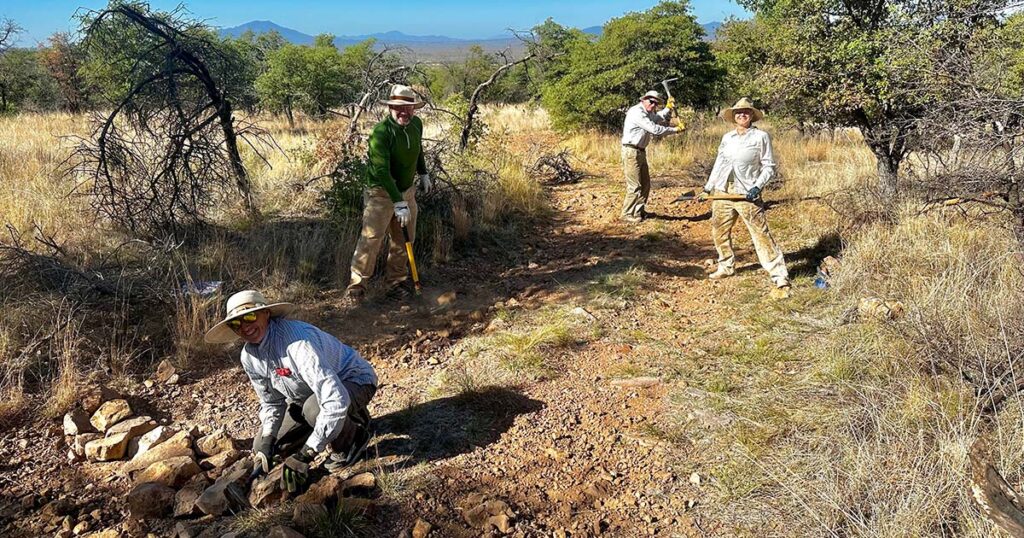
Our next step was to drag woody debris from nearby into the roadbed. This slash helps camouflage the road by hiding all the open disturbed soil, and it makes the road less attractive for motorized travel, as most of the debris would have to be moved to easily drive past it. It also helps the new seeds grow by protecting against the erosive forces of rain, slowing the flow of water across the old road, shading the soil, and slowing evaporation. As the woody debris breaks down, it will add organic material and nutrients to the soil, supporting not only the plants, but also the fungal communities that are so necessary for healthy forests. Finally, the slash also protects young plants from predation by herbivores such as deer while the plants are getting established.
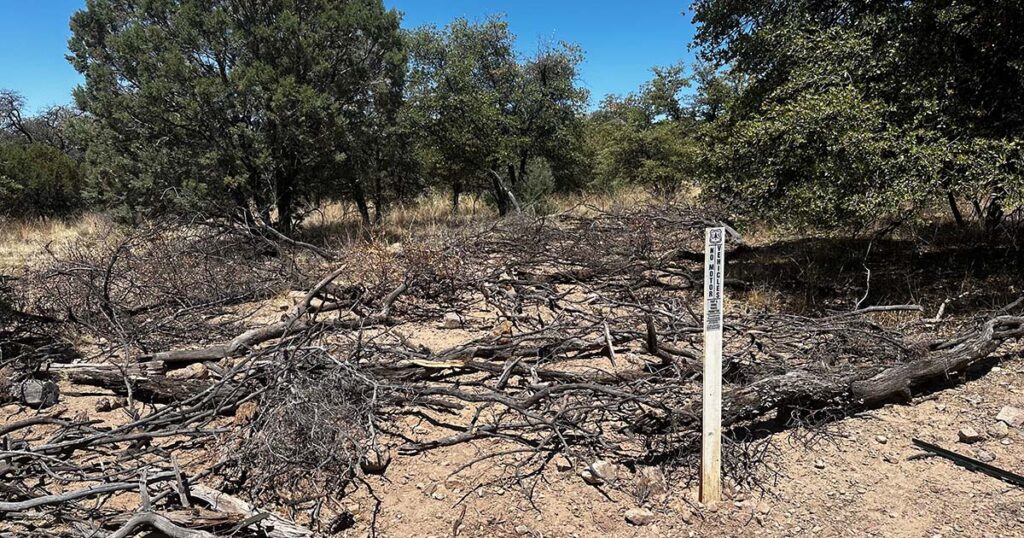
Finally, we wanted to physically block access to the closed roads so people didn’t continue to drive on them. To that end, we installed wildlife-friendly fencing across the entrance of each of these roads and extended it enough to either side so folks couldn’t just easily drive around. We also installed fiberglass signposts with Forest Service “Road Closed” decals in the middle of each road entrance in front of the fence.
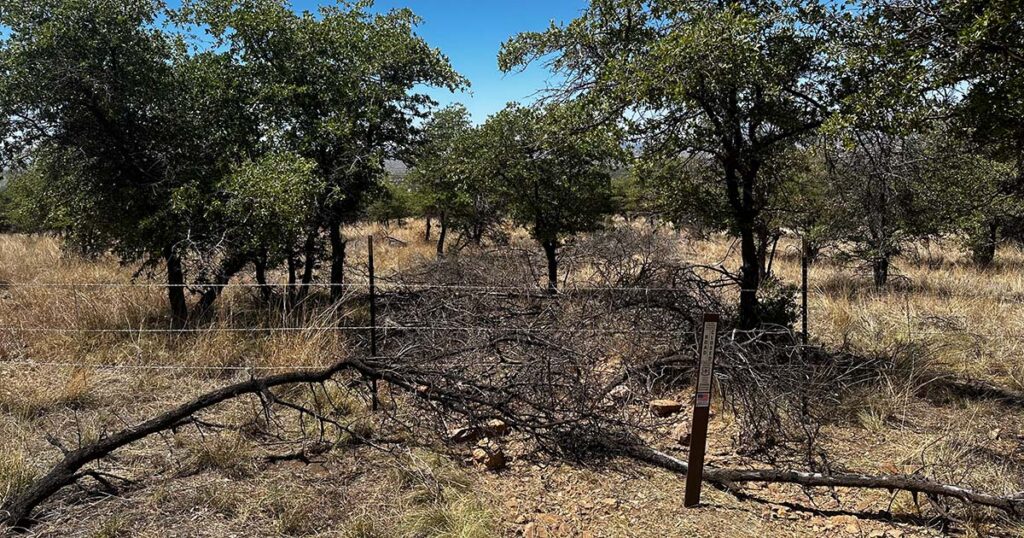
With work on these initial roads complete, SIA is now looking to prioritize all the other surveyed roads for future restoration. This is rather involved as we need to be sure our activities won’t negatively impact any imperiled species or damage cultural resources such as archeological artifacts and/or human remains. Although this process can be time consuming, we’ve been able to work with the Forest Service to find ways to make this as efficient as possible, and we hope to begin closing other road segments soon.
In the meantime, we’ll be monitoring the newly closed roads to make sure all is going as planned and to see if any improvements can be made.
If this project interests you, there will be plenty of work to do in the coming months and years. Make sure to check out our project webpage to learn more about how to get involved in surveying roads (and read volunteer Eric Aldrich’s excellent blog on his first experience). And if you want to help with physical closures, sign up for our newsletter and check out upcoming events so you don’t miss out.

